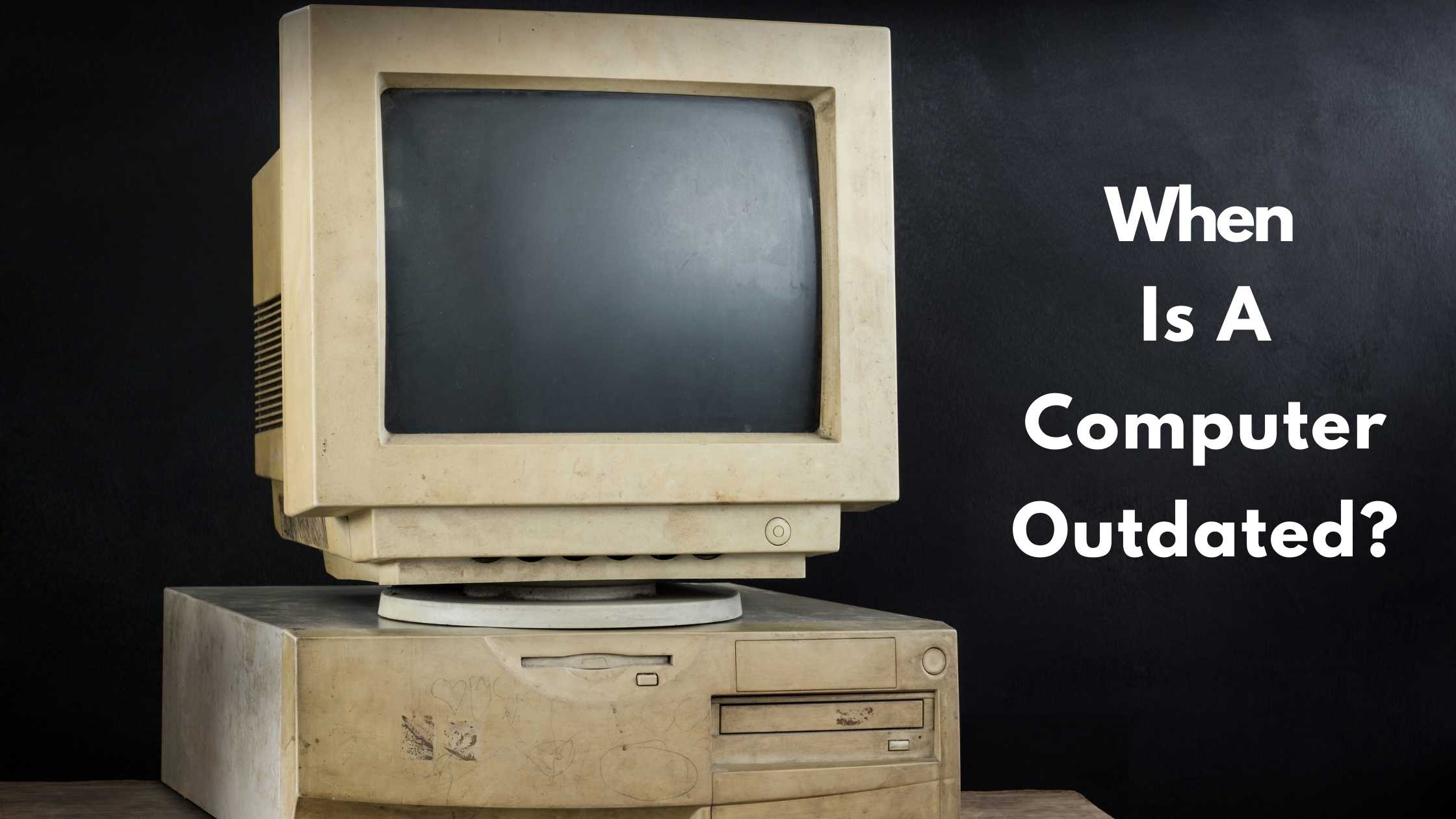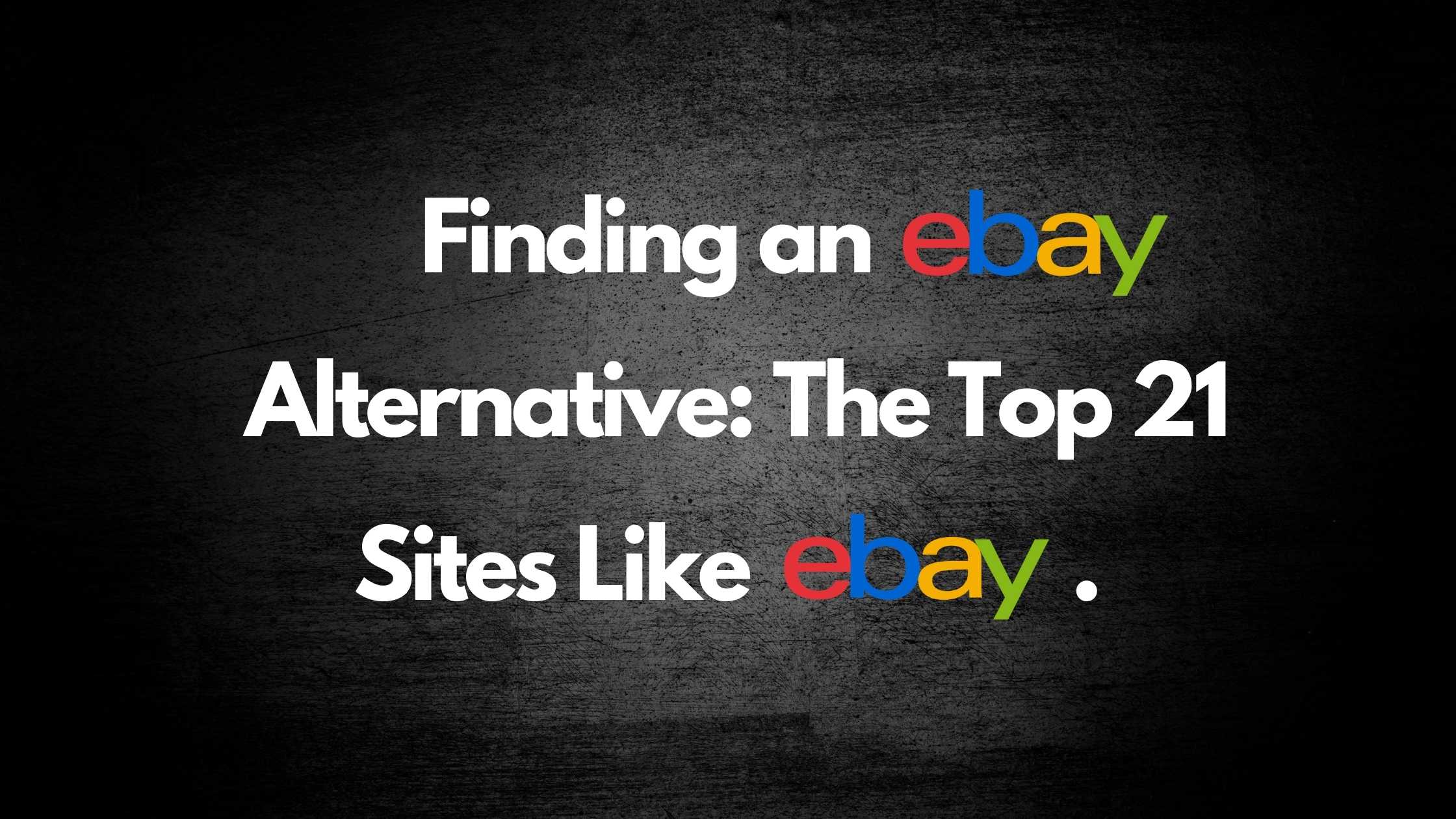
How Can You Tell if a Book is a First Edition?
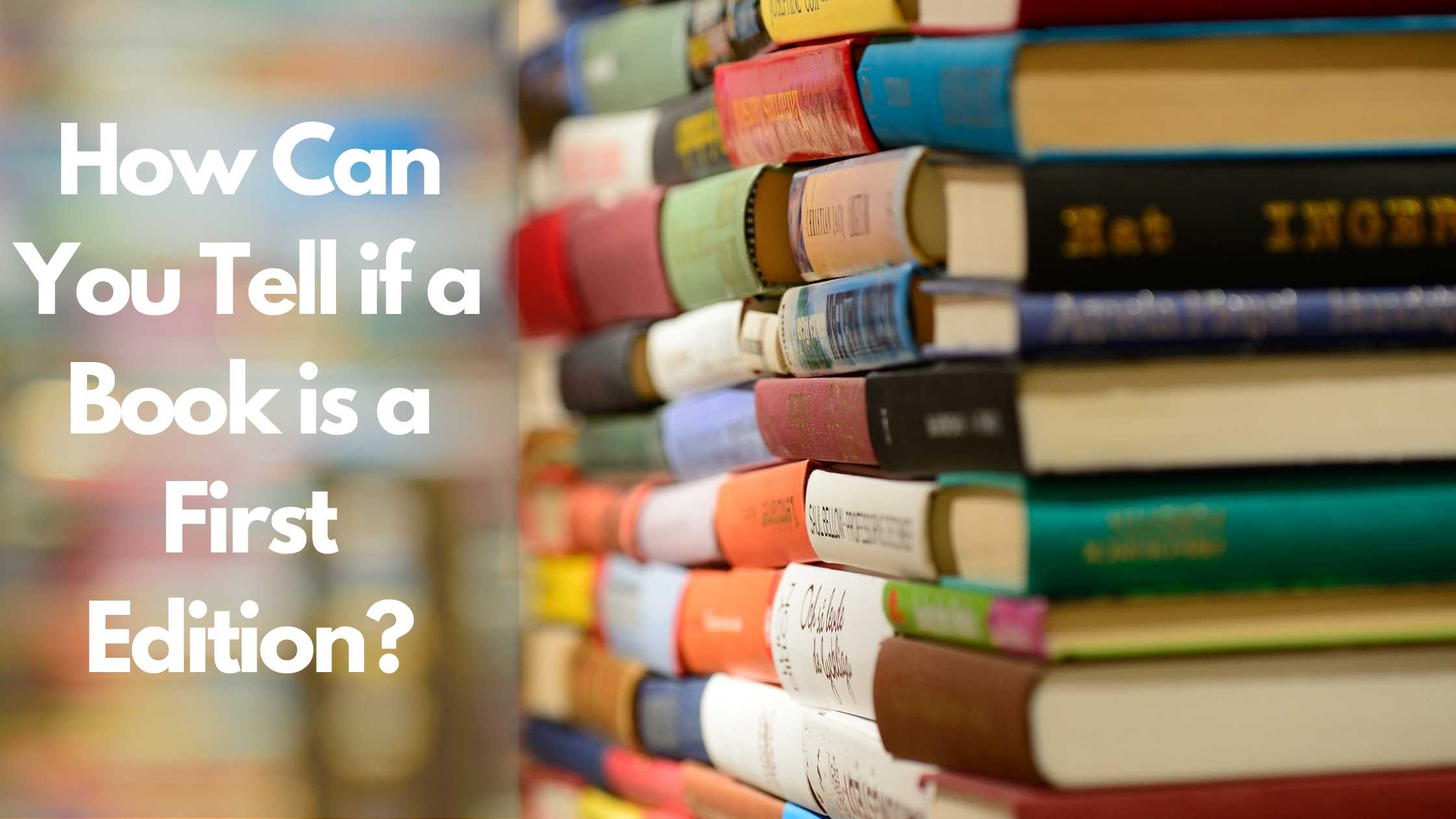
In case you’re wondering how to tell a first edition book, it’s not easy. But there are certain clear-cut factors to aid you along. Consider the printing date, the number line, and certain identifiers set by different publishers.
Thing is, each publisher has set identifiers to distinguish its edition one books, though they change quite frequently. Being privy to them will ensure accuracy as you try to figure out how to know if a book is the first edition.
To get you started, this well-researched article guides you on how to tell what edition a book is.
What is a First Edition Book?
What does a first edition mean? To collectors, a first edition book is the first-ever commercial release of an original book title.
To the publishers, it’s the first series of books printed for a specific original book title before substantial changes to the text, layout, or cover are made.
First Edition vs. First Printing
If a first edition is the first-ever commercial release of an original title, isn’t it automatically a first printing?
Not really.
The first printing is the very first issue to the public of the original book title. In this case, the typeset or plates aren’t removed from the press till all the required printing is done.
If the publisher eventually runs out of copies from this very first issue and decides to print another batch of the same first edition as is, it’s not the first printing. It’s instead termed as a first edition, second printing.
If another fresh batch is printed, it’ll be a first edition, third printing, and so on.
How to Tell When a Book Was Printed
Are you curious to know when your book was printed?
Most publishers list the printing date on the inside cover, mostly on the left-hand side of the book.
Publishers of most older editions place the dates at the bottom of a book page while on newer editions, the printing date is on the title page or beneath the title.
If a book has a dust jacket, flip it and check the inside as some publishers can put a printing date there.
Another viable alternative is to search for images of the book online. Some websites concentrate on the works of certain authors where they share all sorts of details and images of their books, including the printing dates.
How to Find Out What Edition a Book is
It’s of paramount importance that you learn how to tell what edition a book is, especially if you’re a collector or you need the first edition of a textbook for your studies.
To know more, see below the first of two main methods that you can rely on.
#1: Check the Copyright Page
Look to See if the Text Says the Edition
The copyright page, also known as the edition notice, sits on the front of a book, on the reverse side of the title page. It lists valuable details on the book’s lineage such as the edition information.
Under this part, a publisher may state the edition of a particular book plus the printing date. The book’s copyright date tells you whether or not you have the first edition.
Also, if you see phrases like ‘first edition’, ‘first impression’ ‘first published’ or ‘first printing’ there’s a possibility it could be the first edition.
But even with these phrases stating the edition, you have to bear in mind the complexities involved in the identification of a first edition. Publishers have their own identifiers, which aren’t always constant.
Some collectors and booksellers only consider the first printing as the true first edition of a particular book.
To them, a true first edition is the edition one book published earliest. Say, publisher A prints an original title, and then a month later publisher B prints the same original title. To them, publisher A’s book is the true first edition.
Also consider this, if a first edition isn’t the true first edition, but the publisher considers it their first edition, the correct description for it is ‘first edition thus’.
What this means is that a ‘first edition thus’ is the first appearance of a true first edition that has been substantially altered or modified.
If you’re not convinced and would like to be completely sure that your book is a true first edition and not a first printing of a publisher’s first edition, engage an expert to conduct a thorough appraisal especially if the book is highly valuable.
Check the Year it Was Copyrighted and the Year it Was Published
A book’s publication date is often found on the copyright page. Some older books could have a publication date on the title page.
To be sure, find this date and compare it to the one on the copyright page, which is indicative of when the book went to print.
For a first edition, the copyright date will be the same as the publication date. If the book’s a later edition, the dates will be different.
Some books have a listing of dates for subsequent publications somewhere on the copyright page especially if edits have been made to the text of the book. The last date listed is what should be used to fill in the date published.
However, if you can’t find the publication date or simply want to be sure of what you have, research Worldcat, Library of Congress, the author’s website, or even certain websites that are dedicated to sharing information and images of certain books especially if they’re popular.
Look at the Number Line
Since the 1940s, most publishers use the number line, printer’s key, or publisher’s code as a way to keep records of the book’s print runs or the year of printing.
The number line is a series of numbers at the bottom of the copyright page. This series of numbers appears as a sequence, that’s either ascending, descending, or without apparent order.
Always remember that the lowest number in whatever sequence is the print run number for that particular book.
For instance, if you have a sequence like 1 2 3 4 5 6 7 8 9 10, the lowest number is 1, meaning that’s the first print run of that particular book.
If the number line is 2 3 4 5 6 7 8 9 10, it’s a second print run; and if it’s 3 4 5 6 7 8 9 10, it’s a third print run and so it goes.
The reason a number is dropped each time there’s a reprint is that it’s easier to erase something from the printing plate rather than to add as this would require the creation of a new plate.
Another thing, the number line might also indicate the year the printing was done. For example, 3 4 5 6 7 89 88 87 86 reveals the book’s third printing was done in 1986. If it’s reprinted the next year, the 86 is dropped and the annual string reads 89 88 87.
Most times the number lines go from 1 to 10 and if there are higher numbers such as 24, 25, 26 it’s indicative of later printings.
However, in some instances, some publishers’ identifiers are the complete opposite of the majority making it difficult to identify edition one books.
Random House has a completely different approach to the number line. It identifies its first edition with the phrase first edition, first printing but its number line starts with 2 instead of 1. For the second printing, it uses the same sequence without the phrase, first edition.
#2: Review Other Parts Of the Book
Besides the copyright page, there are other parts of the book that can give you an inkling into the edition of your book. Read on to find out what they are.
Research Details and Differences About Certain Editions of the Book
What edition is my book? If you’ve asked this question at some point, below are some of the reasons why some books have different editions.
- New content update for textbooks to ensure they stay relevant. However, sometimes the new editions are to keep up with competition from the used books market every few years.
- If a book is successful, an author may want to add material that wasn’t included in the first edition.
- Some editions are updated to correct an error.
- A publisher could decide that a new cover for a particular book will increase sales and readers.
- Some are because one edition is for the initial print run, while later editions are print on demand copies.
- At times even with meticulous editing, some mistakes occur hence some publishers consider corrections on these typos and misspellings sufficient for a new edition.
Websites like bookfinder.com and worldcat.org are a fantastic resource for information on what the differences are between the editions.
Some publishers also number the different editions of their books, especially textbooks, to show which years that version of curriculum content is best suited.
Is it a Book Club Edition?
First, what’s a book club edition? Also known as book of the month club edition, it’s an inexpensive reprint by a book club that’s sold through subscriptions to members.
Unfortunately, it’s not easy to identify a book club edition. But to aptly distinguish them, here’s what you’d need to check for:
- Phrases: If you have a look at the copyright page or back flap of the dust jacket in some of these books, you’ll see phrases like Book Club Edition (BCE) or BC/ Book of the Month Club (BMC).
- No pricing: These books aren’t priced and often have a blank box where the barcode should be such as the back panel of the dust jacket.
- Although there are exceptions to this rule by way of high-end art books, university press books, textbooks, and some small press books. They also don’t have prices due to their long shelf life and because they’re subject to price changes during the life of a single printing.
- Low quality: The paper is flimsy and is not the kind that would be used by a publisher. The dust jacket is also lighter and uncoated.
- Advertisements on the copyright page: The copyright page may not always have anything to identify a book club edition. However, at times there could be an advertisement identifying the Book of the Month Club or other book club publications.
- Minute size: They’re often smaller than the standard editions.
- Blind stamp: Put aside the dust jacket and check the back cover, there’s probably a blindstamp impressed on it, right next to the spine. The stamp could be a circle, dot, square, triangle, or even a small white dot.
- A short string of numbers and capital letters: These are printed vertically near the gutter on one of the back pages and are an indication of a book club edition.
Research the ISBN Number
International Standard Book Number (ISBN) is a 13 digit number used to identify any type of published book. Most books have it on the back cover, copyright page, or next to the bar code.
It’s a product identifier relevant to publishers, libraries, booksellers, and others in the supply chain. It’s used for ordering, listing, sales records, and stock control. It also identifies a specific title, edition, and format.
The ISBN varies depending on the country of publication. A popular book that has been reprinted numerous times over the years will have many different ISBN numbers – one for each publication.
If you are looking for a specific edition, binding, or even cover art of a certain title, knowing the ISBN would be extremely helpful when searching for the book.
How to Know if a Book is First Edition
Though identifying a first edition is a somewhat daunting task, some clues guide you on how to tell if a book is the first edition. They are:
- Statement of first edition
Some publishers make statements such as ‘first edition’, ‘first printing’, ‘first published’ or ‘first impression’ on the copyright page to indicate that the book is a first edition.
- Number lines
These are number sequences at the bottom of the copyright page used by publishers to keep a record of the print runs. If a number 1 appears in the sequence, it means the book is a first edition.
- Matching dates on the copyright and title pages
For a first edition, the copyright date is the same as the publication date. Older editions had the publication date on the title page while later editions put the dates on the copyright page.
- Dust jacket
A dust jacket, besides providing a protective cover for your book, may also have vital information on how to know if a book is the first edition.
For books without edition information but have a dust jacket with mistakes, markings, or a line of text on them that was corrected or removed in later editions, it could mean they’re edition one books.
Where could I sell my first edition books?
The site you are on is an online marketplace where you can sell your first edition books.
SheepBuy is an online marketplace intended for affordable buying and selling. With this in mind, Sheepbuy offers a free tier.
The best part is that there are no selling fees.
This is because all transactions are strictly between the buyer and seller via PayPal.
So when you sell through the free tier, it is absolutely free.
If you want to sell more items, our tiers start at only $2.99 per month. No selling fees, no contracts, and you can cancel anytime.
If you’re interested in selling your first-edition books online, check out this detailed guide.
The Bottom Line
How do you know if a book is the first edition? Hopefully, you have mastered the quick clues that you can pick at a glance.
Although mastering these skills could take years to hone after exposure to a wide range of books. Still, you can improve your skills by reading on related topics like this one.
When you’re ready to sell your books, consider listing them on Sheepbuy. On our platform, you won’t pay any commission on sales and if you’re on our basic tier- which is free of charge – you can have up to three active listings at any given time. For more information about our tiers, click here and sign up today.
TRENDING


Online Arbitrage for Beginners (Step-by-Step Guide)
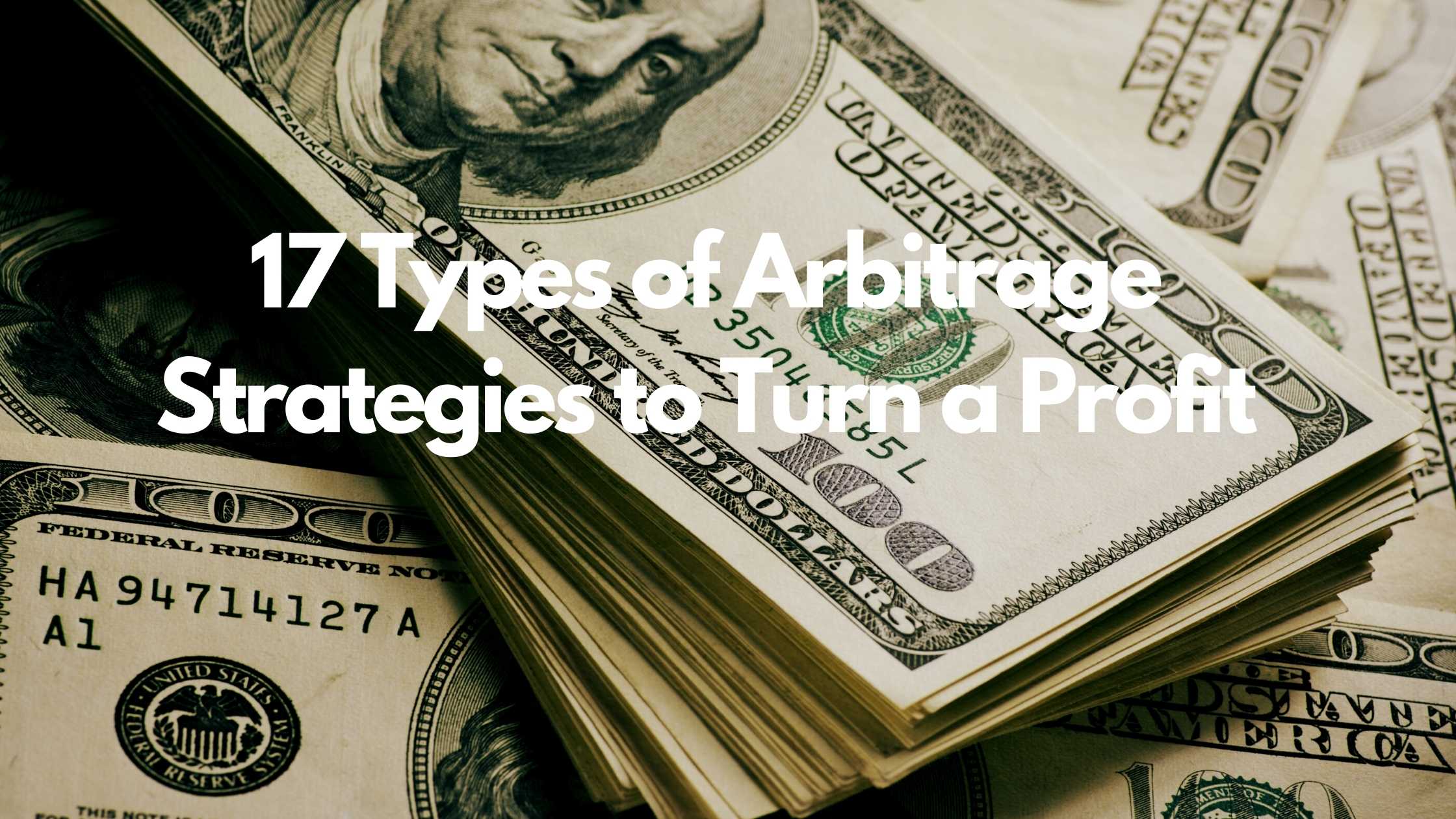
17 Types of Arbitrage Strategies to Turn a Profit
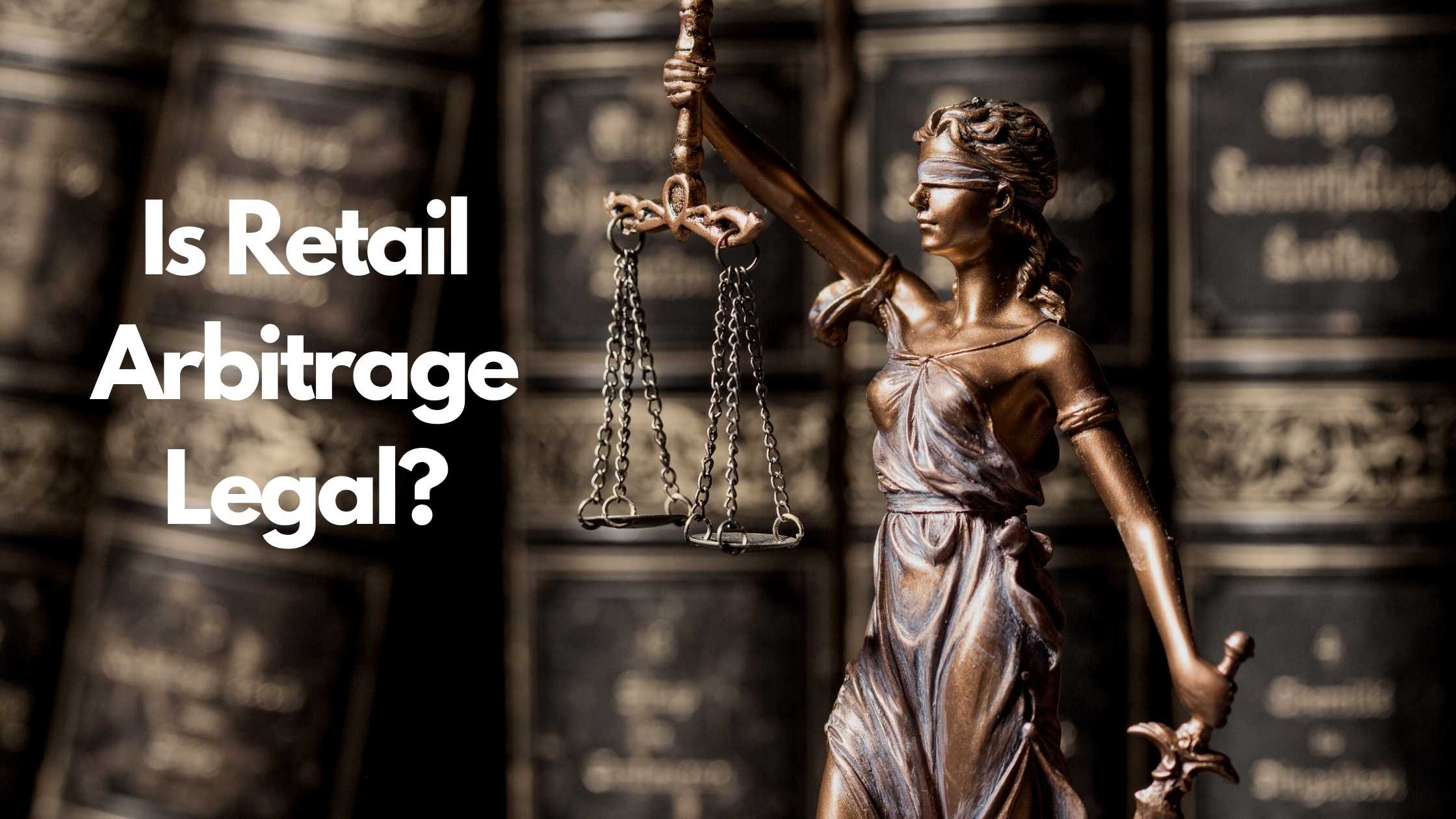
Is Retail Arbitrage Legal?

How to Turn Textbook Arbitrage into a Business for Profit

What to Do With Your Jigsaw Puzzle When Finished?

How to Sell Used Computer Parts: A Seller’s Guide
